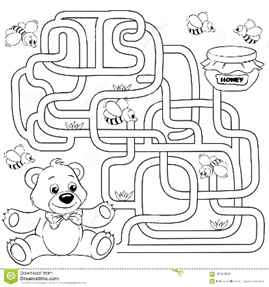Moments-Central and Raw Moments- Mean, kurtosis, Variance and Skewness
Central moment measures the deviation of datapoints from mean. Whereas, raw moment measures the deviation of datapoints from 0.
The 2nd
order central moment is variance.
Skewness lies
between -1 to 1. If it lies between -0.5 to 0.5, then the curve is symmetric.
If it lies between 0.5 to 1, it is positively skewed and if it lies between
-0.5 to -1 then it is said to be negatively skewed.
Kurtosis is the measure of flatness. If Kurtosis =3, the curve is said to be Mesokurtic Curve, if it is < 3, it is called Platykurtic curve and if it is > 3 it is called Leptokurtic Curve.
Mean is the central value of the curve; it
divides the curve in two equal parts depending on the weight of the data. If the
curve is not symmetric, it tends to be on the side of the curve with higher
value. Variance measures the spread of the curve. The extent on which
distribution are spread out from mean. Skewness basically measures the
symmetry of the data. Whether it is balanced or inclined or biased towards a
particular side. Kurtosis measures peak and tail of data distribution.
Whether there is any outlier or biasness can be identified by Kurtosis.
Suppose, Mr. X is an investor who is tracking the
performance of a particular fund, he is interested in. The first thing
he wanted to know that what has been the average return of the fund over the
years. Secondly, what is the spread of the data. Cause a highly spread
data won’t give a good idea about the real situation through its mean. Thirdly,
if there has been any un-natural high return at any point which might
affect mean or give him an idea about the real situation of the fund.
Sometimes, there are fake demand created in market to raise the price of stock
and due to it being fake, the price rise doesn’t hold for long. Fourthly, he
may want to check the probability of his gain.
All these are necessary questions in order to
determine the quality of stocks. And these can be answered using averages,
variances, Kurtosis and skewness respectively. If Kurtosis is greater than 3,
there is a chance of outlier in higher side. If skewness is left tailed,
probability of profit. While right tailed curve indicates better chance of
making profit.
-Jags
.jpeg)










Comments
Post a Comment
If you have any doubt or suggestion kindly let me know. Happy learning!